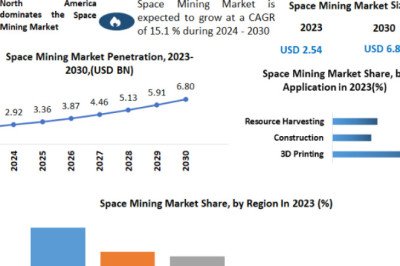
views
The food delivery industry is booming, and as a restaurant owner, you may be wondering how you can capitalize on this trend. One way to do this is by building your own food delivery platform. By developing your own platform, you'll have more control over the customer experience, be able to offer unique features, and potentially save money on third-party delivery fees. However, building a food delivery platform can be a daunting task, especially if you're not sure where to start. In this post, we'll cover the basics of how to get started on building your own food delivery platform.
Steps to build your own food delivery platform
The first step in building your own food delivery platform is to identify your target audience. Who are your customers, and their needs? Once you have a clear understanding of your target audience, you can start to map out the features and functionality that your platform will need to have. This includes things like online ordering, delivery tracking, and payment processing.
Next, you'll need to choose the right food delivery software. There are many options available, from off-the-shelf solutions to fully customized options. You'll want to choose software that can handle the specific needs of your restaurant and can be easily integrated with your existing systems. It's important to choose software that is user-friendly and easy to navigate for both your staff and customers.
Once you have your software in place, it's time to start building your platform. This may involve working with a developer or a team of developers to create the front-end and back-end of your platform. It's important to ensure that your platform is scalable and can handle an increasing number of orders as your business grows.
Finally, you'll need to test and launch your platform. This includes testing all of the features and functionality, as well as ensuring that the platform is easy to use for both customers and staff. Once you are satisfied that everything is working as expected, you can launch your platform and start taking orders.
Conclusion
Building your own food delivery platform can be a challenging task, but it can also be a rewarding one. By having your own platform, you'll have more control over the customer experience, be able to offer unique features, and potentially save money on third-party delivery fees. By following the steps outlined in this post, you'll be well on your way to developing a successful restaurant delivery software.












Comments
0 comment